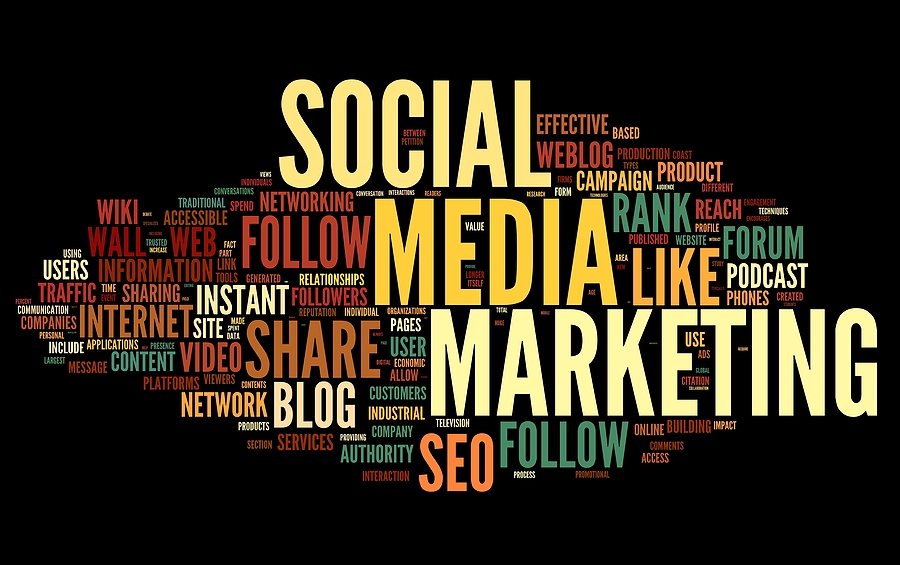One of the significant reasons why e-commerce websites do not make sales is the lack of website visitors. Surprisingly, there are many sites with lots of traffic that still do not make sales or not enough sales.
This is despite the owners spending a lot on digital marketing, such as Facebook Ads, Google Ads, and influencer promotions.
If this is your present predicament, it is a problem with a solution. Your e-commerce website visitors need enough reason to make a purchase.
Below are some smart tricks to convert your site visitors to buyers.
1. Evaluate your traffic source
Table of Contents
High traffic on your website should result in more buyers. However, if the traffic is not your targeted audience, it is a waste and may never lead to sales.
For example, if you are selling fresh meats and most of your site visitors are vegans, you can imagine the percentage that would eventually make a purchase.
Evaluate your traffic source and analyze visitors’ interests. It is time to rethink your strategy if they are mostly not the demography you are targeting.
If most of your traffic is from blog posts, consider tweaking the content to fit your targeted audience to attract the right website visitors, which should eventually generate a reasonable conversion rate.
2. Easy navigation
A lot of effort goes into getting people to visit your site. Meanwhile, they spend an average of 54 seconds on the landing page. Sometimes, many of these users leave due to difficulty navigating the site. They may also get discouraged if your site requires many clicks before they can complete a purchase.
All scrolls and every click by your site visitors are an experience. You need to create the experience such that it would lead to making a purchase with ease. A guide on merchandising by Fast Simon suggests presenting your products in high-quality photos. Also, tailor your site to suit holidays and seasons. Display products people will be more interested in during these times.
Your main navigation menu should be clear and easily accessible for a positive user experience. They only spend about 6.44 seconds looking at it; therefore, you must make the most of the time.
3. Provide discounted/special offers
E-commerce websites made it easier for many companies to break into any market with little budget. To promote a product physically, they might need to hire a sales team, but online, they only need to make the website accessible to people in the area.
It is usually a game of price and offers. That is why there are usually more Black Friday and Cyber Monday sales.
Since most site visitors are first-timer, it is recommended that you entice them with tempting offers and guarantees.
Display discounted products on your website and give special offers like free delivery and money-back guarantees (MBGs).
MBGs evoke consumers’ emotional responses and improve their willingness to purchase a product.
4. Implement an easy checkout process
Reduce the number of clicks before checkout to the minimum. A study found that 35 percent of online shoppers abandoned transactions because the checkout process was too long.
You can add a progress bar to engage the customer during checkout.
The payment gateway or options should also be trustworthy. Thirty-six percent of online buyers say they abandoned a purchase because they did not trust the site with their credit card information.
Another way to simplify the checkout process is by offering Buy Now Pay Later (BNPL) options that allow consumers to pay in installments.
You necessarily do not have to bankroll the purchase; there are lots of BNPL companies you can partner with. Do your research and select the best for your platform.
5. Connect with the site visitors
People need to connect with your brand. There is a high probability that a user on your site has not heard about you before. They need assurance that they can trust you with their money.
There are lots of household names that you are competing with directly or indirectly. This is why you need to invest more in relationships with your customers.
Customers who feel connected to brands will most likely increase their spending, and over 70 percent will always choose them over competitors.
Tell your brand story on the About Us page, incorporate testimonials, and make it easy to contact customer support, such as live chats and phone numbers.
Many consumers prefer interacting with real people instead of bots. For instance, about seventy percent of consumers have been reported to feel connected to a brand if the CEO is active on social media platforms.
Image Source: BigStockPhoto.com (Licensed)
Related Categories: Work, Reviews








